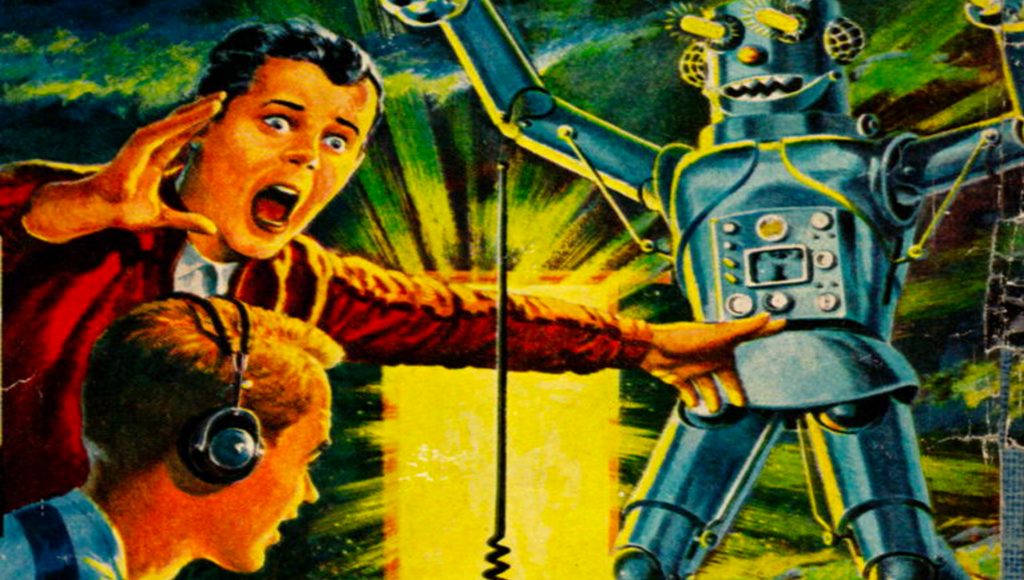 Cover from the children’s sci-fi book “Tom Swift and his Giant Robot”
Cover from the children’s sci-fi book “Tom Swift and his Giant Robot”
Luddites of the Modern Age
According to the book “Phobias: A Handbook of Theory and Treatment,” about 10-20% of people worldwide are affected by what’s being called Robot Phobia⎯a fear of robots. I don’t suffer from this particular phobia, though I probably have several others. People with this phobia can have panic attacks that are triggered by something as simple as seeing a robot in a movie. Robotaphobia as it was originally pronounced comes from the Czechs, robota meaning “drudgery” and phobos from the Greeks meaning “fear.” This phobia comes with the usual panic signals:
- Irrational thinking
- Sweating
- Accelerated heart rate
- Increased blood pressure
- Dizziness
- Dry mouth
- Hyperventilation
- Hot flashes
- Shaking or trembling
- Butterflies in one’s stomach
- Chills
- Panic attacks
- Light-headedness
- Nausea
- Fainting
- Headache
- Numbness Fear of actual harm or illness
- Choking sensation
- Tightness in the chest,
- An urge to go to the toilet
- Confusion and/or disorientation
- But it’s not just robots that can trigger these responses. Here are some other items that can send a sufferer into panic:
A.I. software programs
- TV shows with robots or A.I. programs
- Robotics labs
- Robot toys
- Drones
- Spaceships
- Self-driving (robotic) cars
- Remote-controlled cars, planes, or other vehicles
- Real cars that park themselves
- Automatic faucets
- Driverless trains and trams
- Vending machines
- Automatic car washes
- Medical devices, (such as the da Vinci surgical robot)
It’s hard to think of a place where people robot-phobias can go these days that won’t trigger an attack.
And as to what causes this phobia, scientists are offering different explanations. Some think it’s passed down through the behavior of the parent. Others think it’s from an unpleasant experience in their past. Some even say it’s because the person who fears robots has a smaller amygdala, the part of the brain that processes fear.
I happen to think it’s because robots can and probably will be able to dispense with the human race one day. Does that make me a paranoid robot hater? Of course not. I’m a believer in robot-assisted assembly lines, robo-surgical procedures and even robo-bartenders, which can be found on certain cruise lines these days.
There are robots that interact very successfully with people with autism, particularly children. From an article in Medium:
“It is the human face, with its vast range of nuance and complexity, that can be stressful for autistic children. They often experience acute anxiety alongside remarkable sensitivities to detail and can be overwhelmed to the point of paralysis when faced with human interaction. Alternatively, a robot’s predictability, lack of emotional judgement and bottomless patience can provide autistic kids with relief from the constant pressure to socialize and understand emotional cues.”
So robotics have an ever-growing place in our world, and always have been important. Even the ancient Greeks built robots, that whistled and moved around. The fact that Elon Musk, Stephen Hawking and others have a genuine fear of what AI and robotics MIGHT do should be enough to give anyone pause, considering the speed with which we will see more robots and AI-powered devices coming to market. In the meantime, don’t fear what you don’t understand. If you have robotaphobia, address it by learning everything you can about them. From a safe distance, of course…Kidding, I’m just kidding.
By all means read up on what marvelous things robots and AI are doing for the human race today⎯then imagine all the wonderful things they will do for us tomorrow.

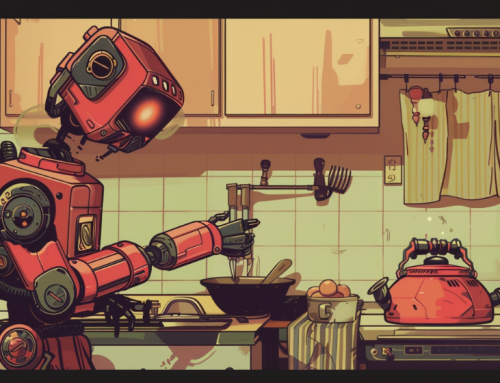
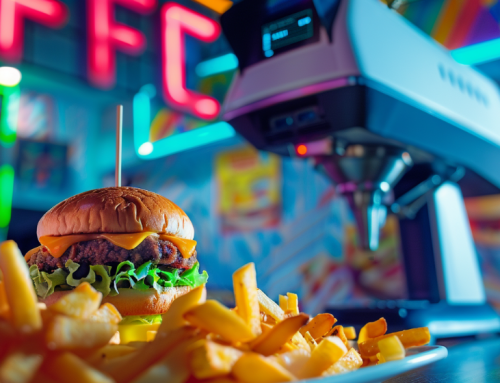
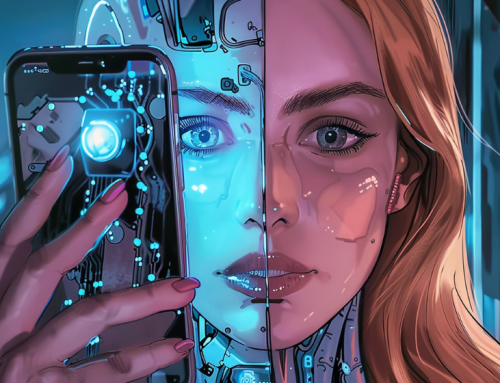
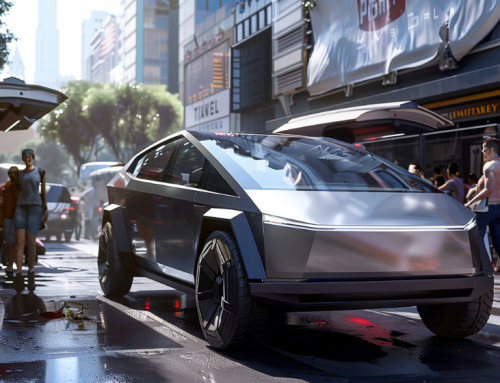
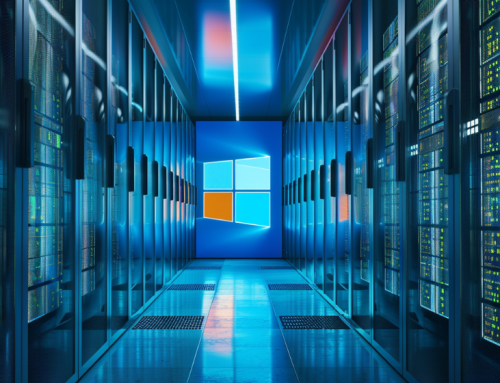

Leave A Comment